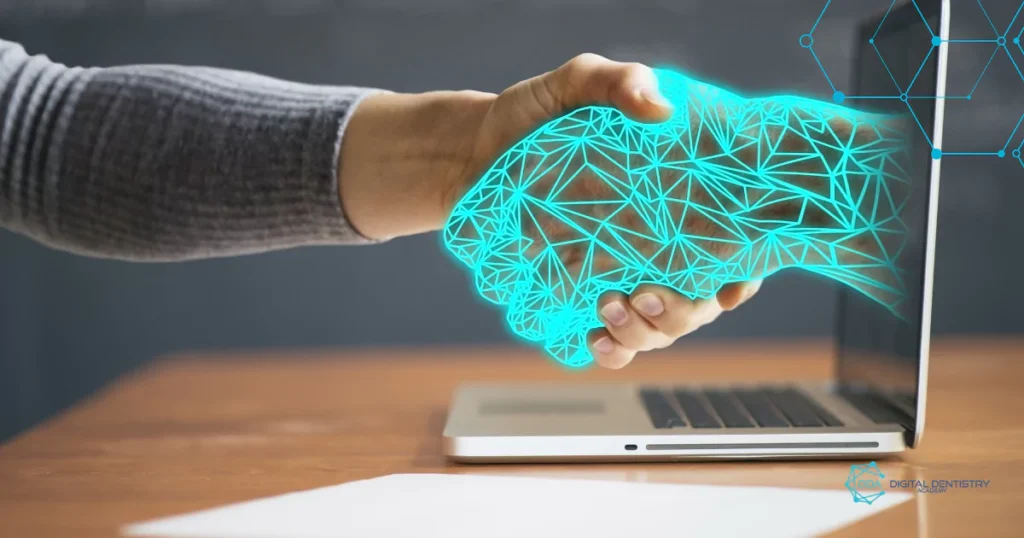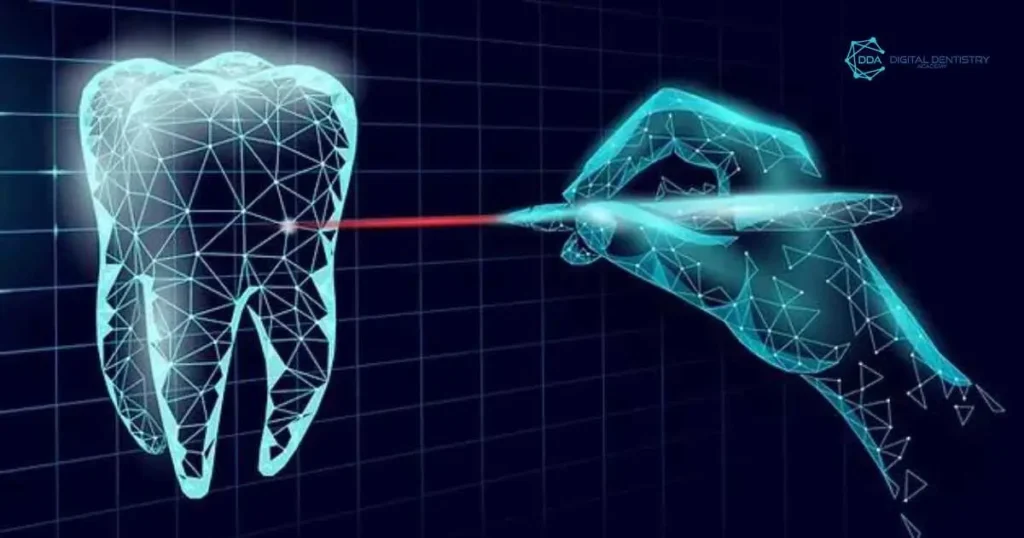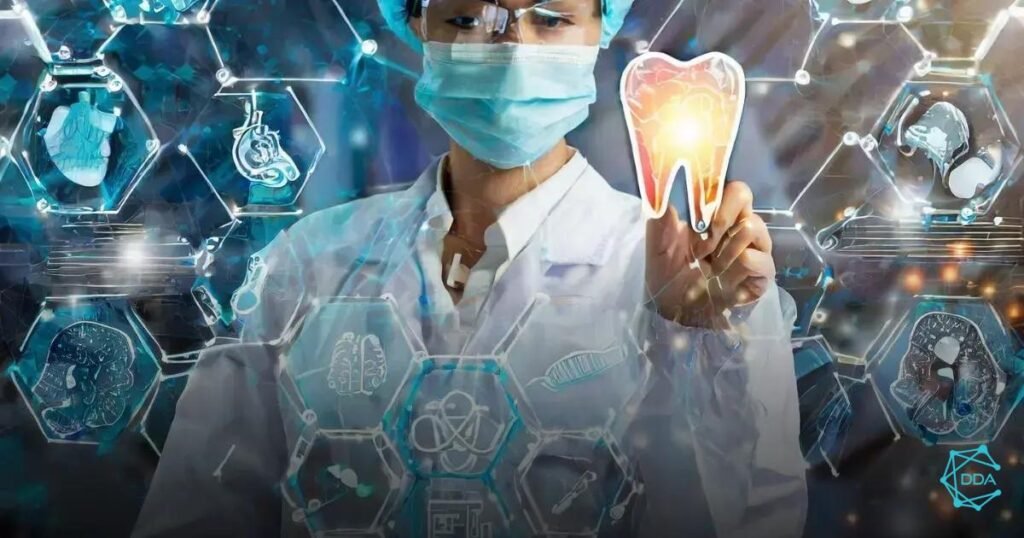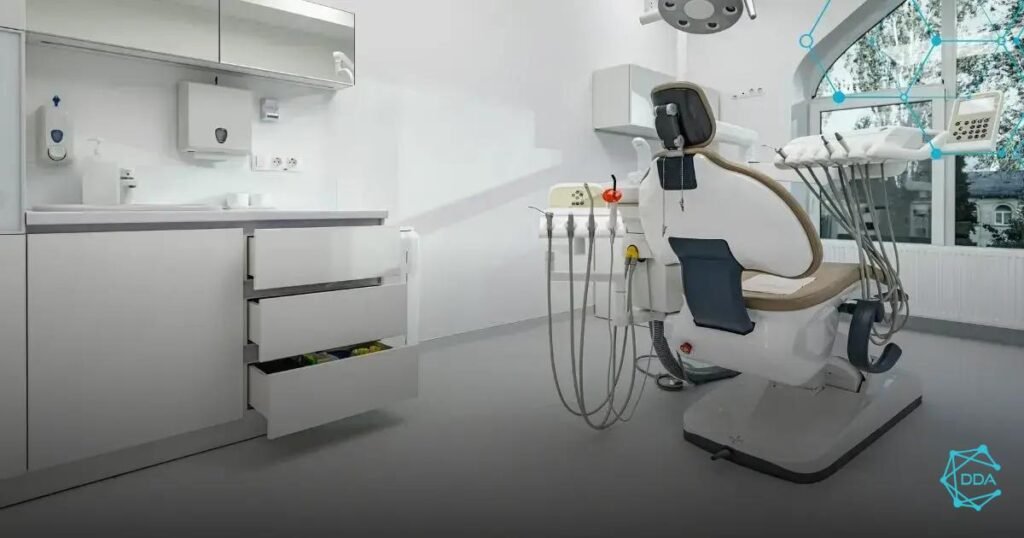Introduction
Technology has revolutionized several areas and dentistry is not left out of this transformation. One of the most recent innovations is the use of digital film for dental records. In this article, we will explore the benefits of this technology and how it can contribute to improving processes and results in the area.
What is digital film for dentistry
Digital film is a thin, flexible device that can be easily inserted into patients' mouths to capture high-quality digital images. It replaces the conventional films previously used, bringing more practicality, efficiency and precision to dental records.
Benefits of digital film
The use of digital film brings a series of benefits to dental professionals. Some of these benefits include:
1. Improving image quality
Images captured with digital film are high resolution and have superior quality compared to conventional films. This allows for a more detailed and precise analysis by professionals, resulting in a clearer and more efficient diagnosis.
2. Agility in processes
Digital film eliminates the need for film development, which considerably speeds up the image recording and analysis processes. It is no longer necessary to wait for the film to develop and dry, which contributes to more agile and effective patient care.
3. Cost reduction
The use of digital film eliminates the need to purchase films and chemicals for development. This results in a significant reduction in operating costs, allowing for better financial management of dental offices and clinics.
4. Practicality and comfort for patients
The digital film is flexible and has an anatomical shape, which provides greater comfort and well-being for patients during dental records. Furthermore, it is single-use and disposable, which guarantees the safety and hygiene of the procedures.
Applications of digital film in dentistry
Digital film can be used in various areas of dentistry, contributing to a series of procedures and treatments. Some of the main applications include:
1. Intraoral x-ray
Digital film allows the capture of high-definition intraoral images, enabling a more precise analysis of the tooth structure, roots and adjacent tissues. This helps in diagnosing and planning treatments such as restorations, extractions and dental implants.
2. Orthodontic documentation
Digital film is also used in orthodontic documentation, helping to monitor the development and evolution of orthodontic treatments. It allows the capture of images before, during and after treatment, facilitating the analysis and evaluation of results.
3. Aesthetic evaluation
In the area of dental aesthetics, digital film is essential for the prior assessment of cases, allowing a detailed and personalized analysis of the characteristics of the smile. This helps in defining treatment plans and simulating aesthetic results.
Final considerations
The use of digital film for dentistry is an innovation that brings a series of benefits to professionals and patients. With improved image quality, agility in processes, cost reduction and greater comfort for patients, this technology is essential for dentistry in the digital era.
If you are looking for a modern and efficient solution for dental records, consider using digital film. With it, you will be able to improve your diagnoses, optimize your processes and guarantee excellent patient care.






